The OnePlus 13R is a prime contender for the best mid-range Android phone of 2025, but faces stiff competition from Google’s latest Pixel 9a, which might just steal its thunder. Let’s compare the two and see which one is right for you.
Price and Availability
The Pixel 9a starts at $499 with 8GB RAM and 128GB storage, and goes up to $599 for the 256GB variant. The OnePlus 13R starts at $599 with 12GB of RAM and 256GB of storage.
The Pixel is available via retail outlets and on Google’s official online store, where you can get $100 in store credit if you buy it on or before April 23, 2025. The 13R is available on OnePlus’ official online store and gets a flat discount of $100, matching the price of the Pixel with no strings attached.
The OnePlus 13R comes in only two colorways: Nebula Noir and Astral Trail. The Pixel 9a offers four options: Obsidian, Porcelain, Iris, and Peony.
OnePlus 13R Is Taller and Thinner Than the Pixel 9a
The Pixel 9a sheds that iconic Pixel visor for a simpler, more minimal design with no camera bump. I’ve come to really like this new design because it gives Pixel’s A-series a unique identity while still being very recognizable.
The OnePlus 13R carries the same off-center camera island design found on its flagship counterpart, the OnePlus 13, that delivers a much bolder look. It retains the fan-favorite Alert Slider switch too, so you can quickly toggle between sound modes (ring, vibrate, or silent) without taking the phone out of your pocket.
The 13R is a much bigger phone overall, measuring 161.7 x 75.8 x 8 mm. That makes it taller, broader, and thinner than the Pixel 9a, which measures 154.7 x 73.3 x 8.9 mm. The former is also more hefty at 206 grams, while the latter weighs just 186 grams. Both phones have flat aluminum sides, but the Pixel will be more comfortable to hold given its shorter and lighter body, especially if you have smaller hands.
Only the 13R has a glass back, but I honestly don’t mind the plastic back on the Pixel since it has a matte finish and hides fingerprints quite well, so you don’t need to clean your phone too often. The Pixel also has an IP68 rating for superior water and dust resistance over the IP65 rating of the 13R, so you might want to be careful using the latter near a swimming pool.
OnePlus 13R Has a Larger Screen and Slimmer Bezels
I love the design of the Pixel 9a from the back, but the thick bezels around its 6.3-inch display make it look a bit dated from the front and only allow an 83.5% screen-to-body ratio. Granted, its bezels are symmetrical, but so are the ones on the OnePlus 13R, which has a full-size 6.78-inch display that boasts a stunning 91.2% screen-to-body ratio and supports Dolby Vision.
I’m not saying the thick bezels on the Pixel are a deal-breaker, but when put right next to the 13R, it’s really tempting to side with the latter, even though I’ve been gravitating toward more compact phones lately. The 13R’s screen is set at a higher resolution of 1264 x 2780 pixels with a density of 450 PPI. The Pixel 9a’s screen, while technically behind, has a perfectly adequate resolution at 1080 x 2424 pixels, with a density of 422 PPI.
The 13R hits a peak brightness of 4500 nits while the Pixel 9a tops out at 2700 nits—but this is deceptive. Peak brightness is among the many misleading smartphone specs and doesn’t actually indicate the maximum brightness your screen is capable of reaching. For that, you have to check the brightness level in High Brightness Mode (HBM), which is 1800 nits on the Pixel and 1600 nits on the 13R, so the latter is actually a bit dimmer.
Both phones have a variable refresh rate of up to 120Hz, but only the 13R can scale it all the way down to 1Hz to maximize power saving; the Pixel bottoms out at 60Hz. The Pixel 9a uses Gorilla Glass 3 protection, which is less capable than the Gorilla Glass 7i on the OnePlus 13R at both scratch resistance and crack resistance.
Tensor G4 Is Good, But No Match for Snapdragon 8 Gen 3
The Pixel 9a uses the same Tensor G4 chip found on the Pixel 9 and 9 Pro, bringing you flagship performance at a mid-range price. And yet, it’s no match for the Snapdragon 8 Gen 3 inside the OnePlus 13R, which is more powerful and efficient. Since the latter also has more RAM, it has a higher ceiling for multitasking and can keep more apps in memory for longer.
Put side by side, the 13R feels a whole generation or two ahead of the Pixel, especially if you push both devices to their limits. Also, the former uses the latest UFS 4 storage standard as opposed to the latter’s UFS 3.1, so it can boot up faster and transfer large files quicker.
That said, early reviews show the 13R throttles a bit after a while of intense gaming, which is expected of phones with powerful chips, as letting them run at peak performance for long can heat the device. The Pixel 9a, although far less powerful, remained relatively stable.
The Tensor G4 has a dedicated TPU designed to handle AI and machine learning tasks, so the Pixel 9a is more optimized for things like voice recognition, image processing, and live translation. Simply put, the Pixel is designed to be more of a companion, but if it’s raw performance you’re after, the 13R is the obvious choice.
Pixel 9a Gets Seven Years of Software Updates
OnePlus is promising four years of software updates and six years of security patches for the 13R. Out of the box, the device ships with OxygenOS 15 based on the latest Android 15, and comes with a bunch of design tweaks like new system icons, more rounded corners, and new animations for charging and fingerprint unlock.
OxygenOS also introduces Flux Themes, which allow deeper lock screen customization, and Live Alerts, which is essentially an imitation of the iPhone’s Dynamic Island and shows you relevant info based on ongoing background activities like timer, voice recording, and music playback. There are also a bunch of AI writing tools in there, if that matters to you.
The Pixel 9a gets seven years of OS and security updates, meaning it will be supported until 2032. Now, you could argue this is excessive because most people don’t keep their phones for that long, and you’re right, but longer software support can help better retain your phone’s resale value, since the buyer wouldn’t be settling for an outdated device.
The Pixel 9a gets the stock version of Android 15 out of the box, so many of the new features on it are not exclusive to it, like Gemini Live or Circle to Search. What makes the Pixel special is that it is free from bloatware, gets regular feature drops throughout the year, and makes the best use of Google apps and services.
OnePlus 13R’s Camera Is Great, But I Prefer the Pixel 9a
We’ve come to associate the Pixel branding with top-tier camera quality; after all, Pixel phones have consistently won blind camera tests year after year. Many camera features on the Pixel, like Magic Editor, Best Take, Photo Unblur, and Add Me, help you fix imperfect shots, shifting the focus from getting it right in the moment to perfecting it after the fact.
The Pixel 9a is no different. It features a 48MP f/1.7 main lens with OIS, a 13MP f/2.2 ultra-wide lens with 120˚ field-of-view (FoV), and a 13MP f/2.2 selfie cam, and brings notable improvements over its predecessor, like better low-light performance, improved zoom shots, and an integrated Macro Focus mode. Early reviews hint that Google has tweaked the image processing a bit to prioritize color accuracy and detail over vividness.
Clearly, its rival has a lot to prove, and if image samples from our OnePlus 13R review are any indication, it most definitely does. Spec-wise, it features a 50MP f/1.8 main lens with OIS, an 8MP f/2.2 ultra-wide lens with 112˚ FoV, a 50MP f/2.0 telephoto lens with 2x optical zoom, and a 16MP f/2.4 selfie shooter. Both the main and telephoto lenses produce sharp, consistent, and true-to-life photos with plenty of dynamic range in daylight and at nighttime.
If you’re planning to take a lot of zoom shots, the dedicated telephoto lens on the 13R will surpass the Pixel’s digital crop. Its ultra-wide lens, however, is not at par with the rest of the camera hardware, and it does struggle with capturing finer details, especially in low-light environments. Also, its selfie video is limited to 1080p at 30fps, unlike the Pixel, which can do 4K at 30fps like most modern mid-range phones.
OnePlus has also added some AI camera features, like an eraser tool, a photo unblur tool, a reflection eraser tool, and a detail boost tool. All things considered, both phones are very comparable and take great photos and videos, especially in ideal lighting conditions. But if I had to pick, I’d still side with the Pixel for its superior computational photography and how accurately it represents diverse skin tones.
OnePlus 13R Has a Bigger Battery and Faster Charging
When it comes to battery life, it’s an easy win for the OnePlus 13R as it sports a massive 6000mAh cell compared to the respectable-but-still-smaller 5100mAh cell on the Pixel 9a. Granted, the latter has a smaller display, so its average power consumption will be lower. Still, those energy savings are not enough to offset such a major difference in the total battery capacity between the two devices.
Having a larger battery from the get-go means the phone will have sufficient capacity left even after years of degradation, so you wouldn’t need to get a battery replacement or an upgrade as early. You could probably squeeze in an extra year with the OnePlus 13R.
That said, the 5100mAh on the Pixel 9a is not at all inadequate, and is in fact the largest battery ever put on a Pixel, even larger than on the latest top-of-the-line Pixel 9 Pro XL.
The OnePlus 13R has faster charging at 80W, while the Pixel 9a is capped at a measly 23W, so you can’t really rely on it when you’re in a hurry. With the 13R, you have peace of mind that a few minutes of charging will be enough juice to last you a couple of hours.
That said, the 13R doesn’t have wireless charging, which is a deal-breaker for some people, but the 7.5W wireless charging on the Pixel 9a isn’t very enticing either.
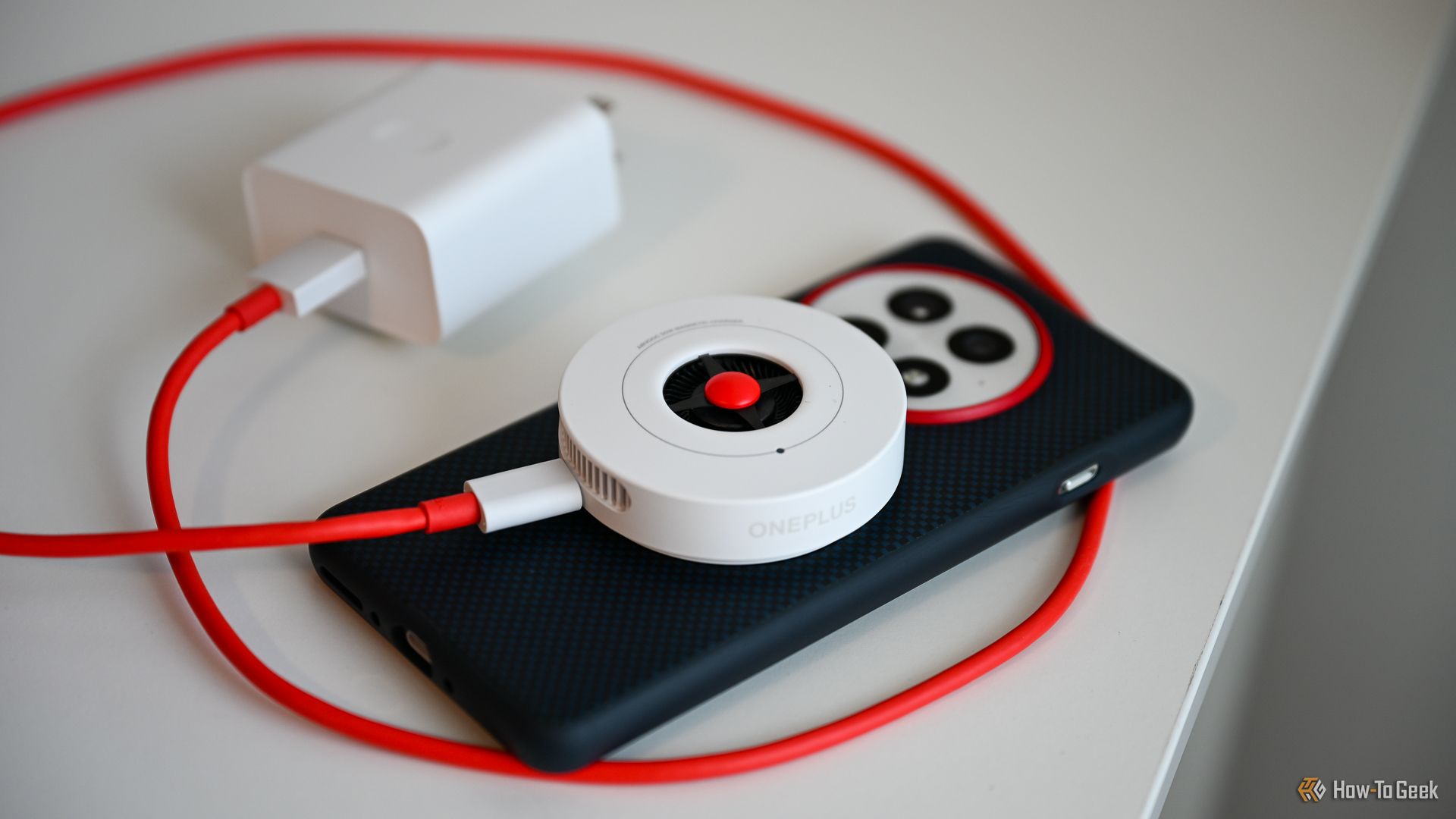
Related
Why I’ll (Probably) Never Buy a Wireless Charger
The future isn’t (fully) wireless.
Which Is the Right Phone for You?
If you’re looking to get the most bang for your buck, the OnePlus 13R stands out for its superior performance, longer battery life, faster charging, dedicated telephoto lens, thinner bezels, tougher screen, and more RAM.
At the same time, the Pixel 9a has a lot going for it, with its reliable camera quality, seven years of software support, slightly brighter screen, wireless charging support, better IP rating, more color options, superior competency in AI tasks, and a clean software experience designed to represent what Android should be in Google’s eyes.
The Pixel 9a delivers a more complete experience, but the 13R is a better deal overall.

Google Pixel 9a
The latest Pixel has high-end cameras, great battery life, and is the most durable model yet—all for $499.

OnePlus 13R
The OnePlus 13R is OnePlus’ mid-range smartphone of 2025, featuring the Snapdragon 8 Gen 3 SoC with 12GB of LPDDR5X RAM and 256GB of UFS 4.0 storage. The 6,000mAh battery delivers all-day, if not multi-day battery life, while the triple camera array features two 50MP sensors for the standard and 2X telephoto lenses alongside an 8MP ultra-wide sensor.


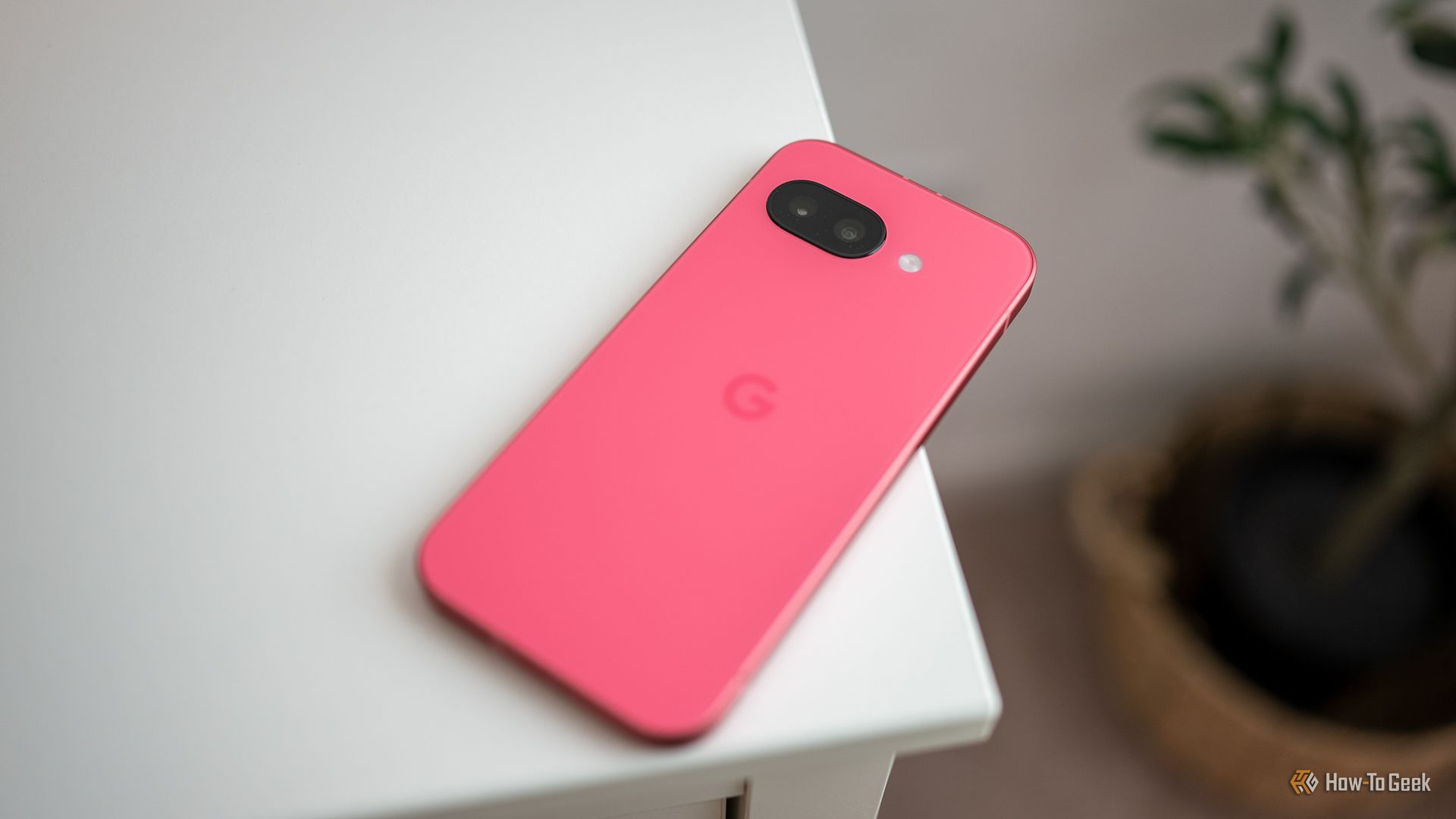
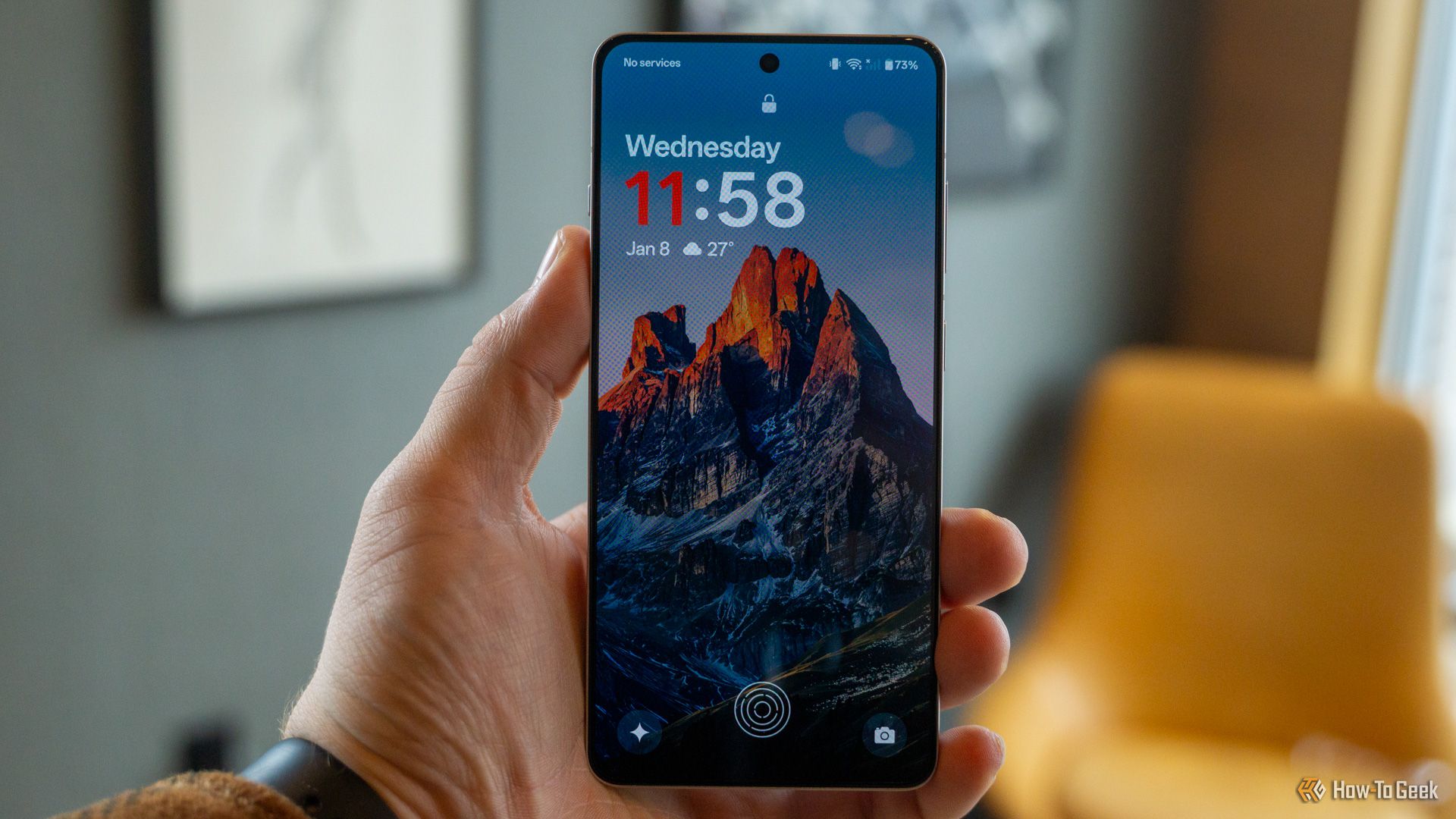
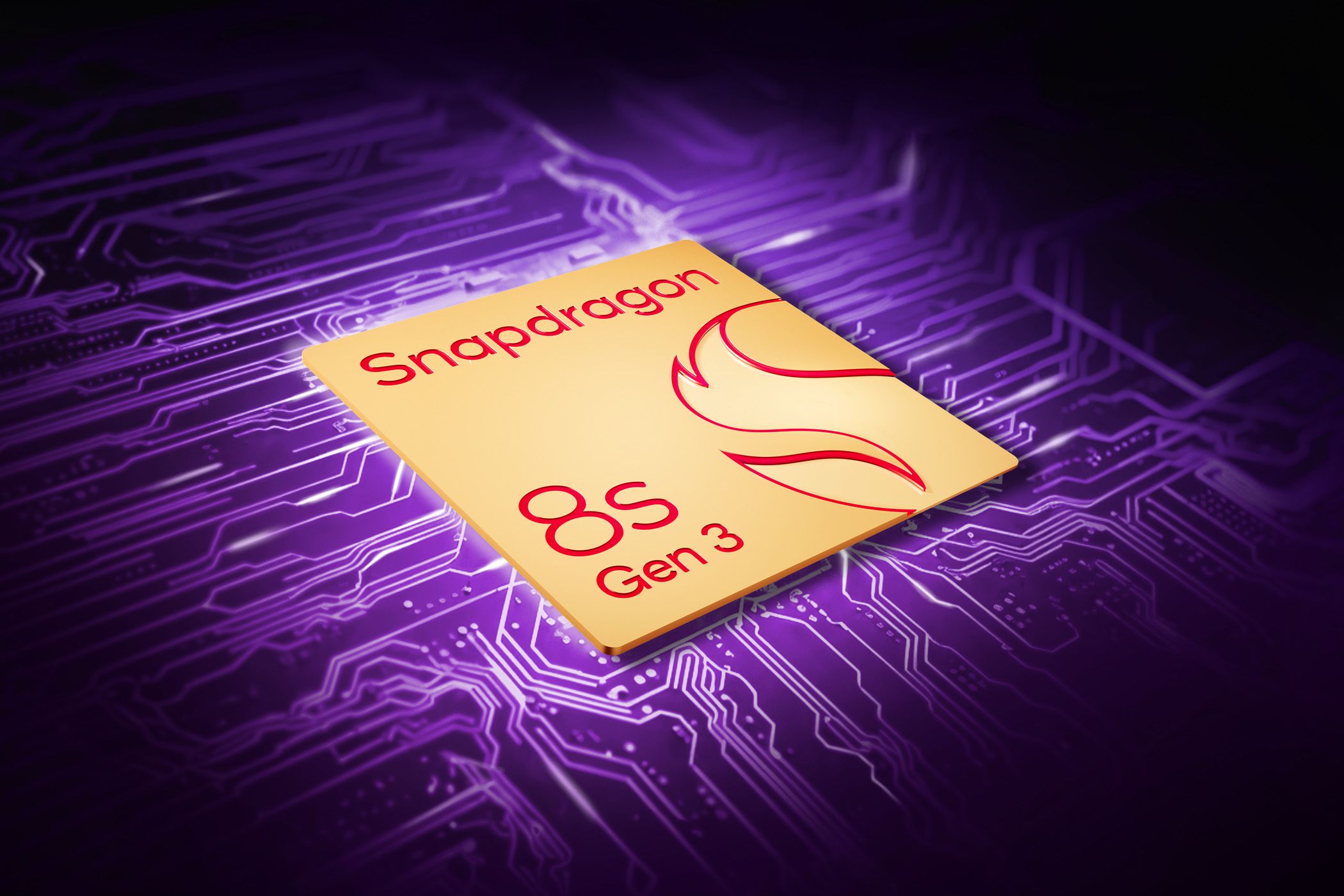
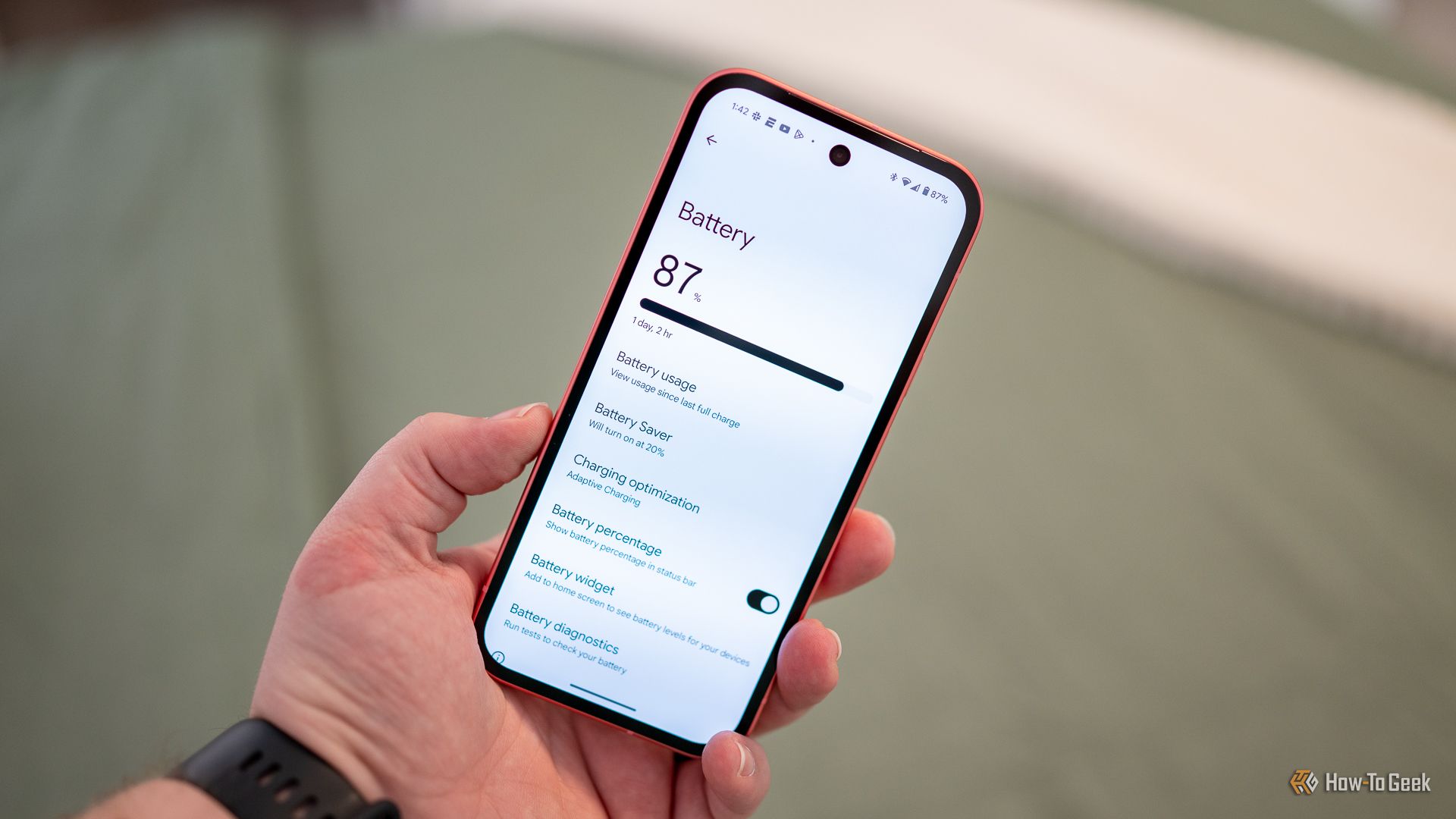

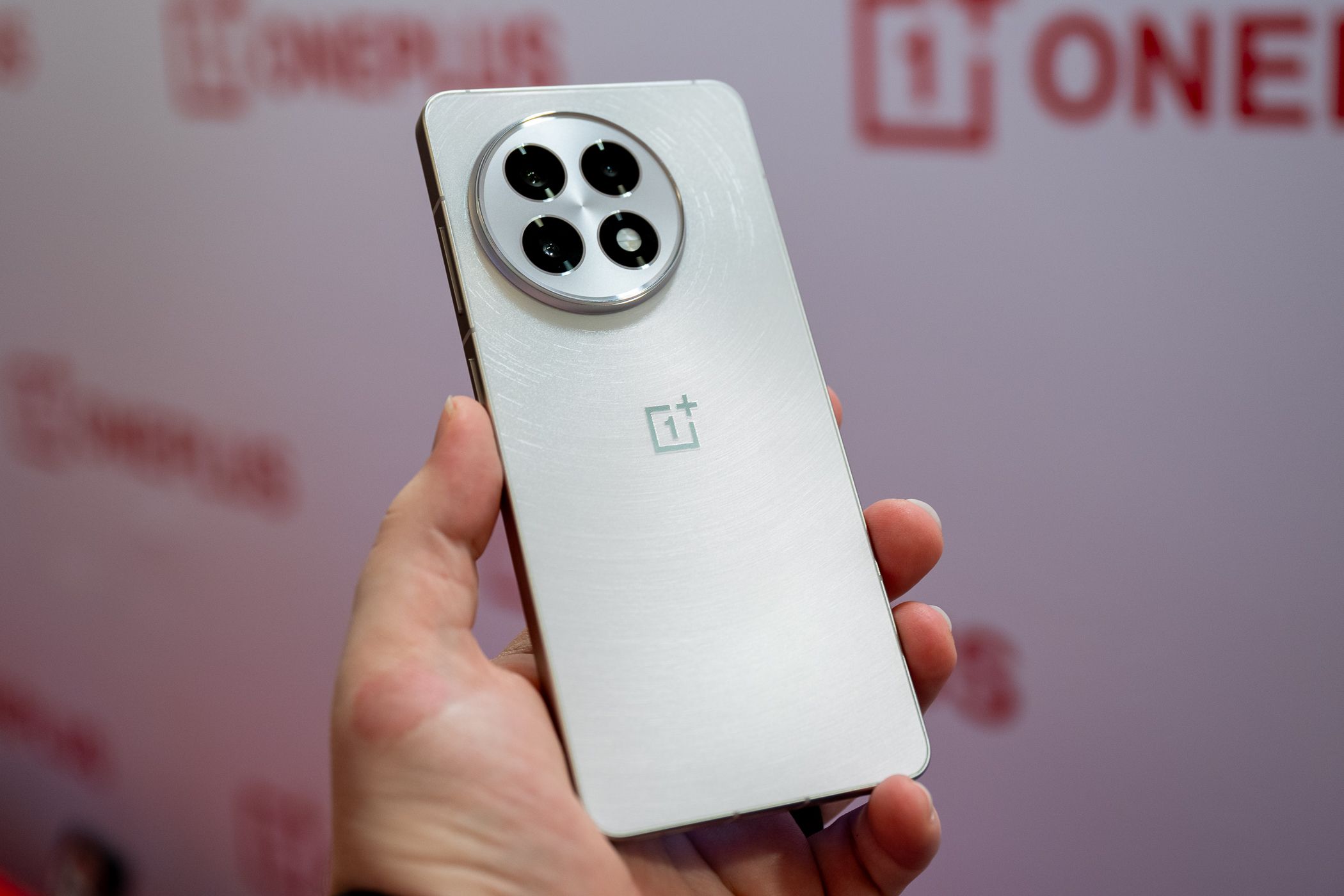
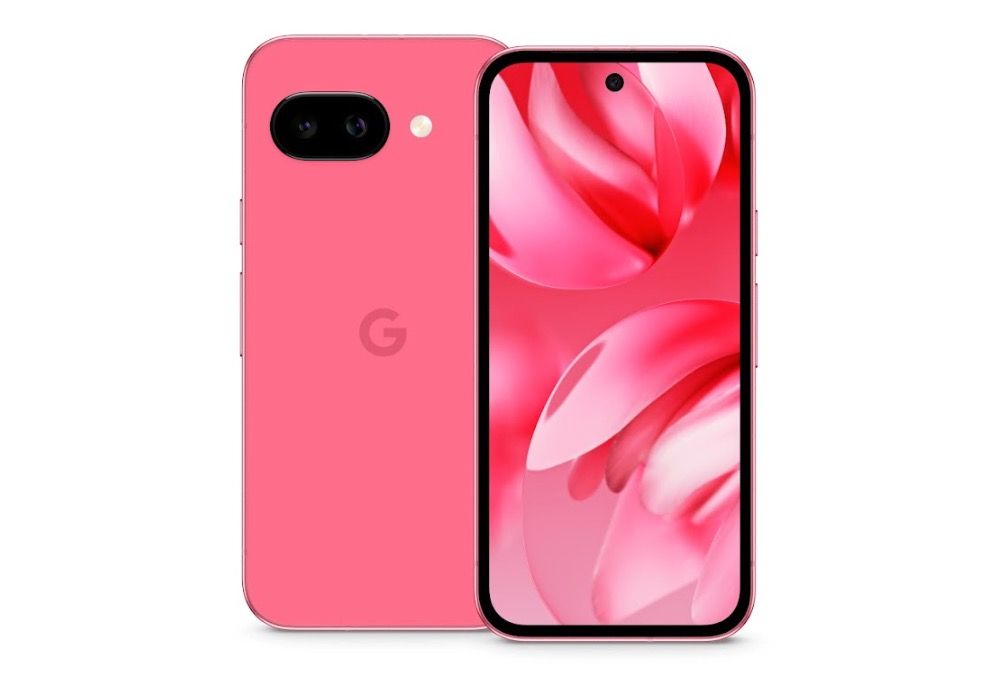
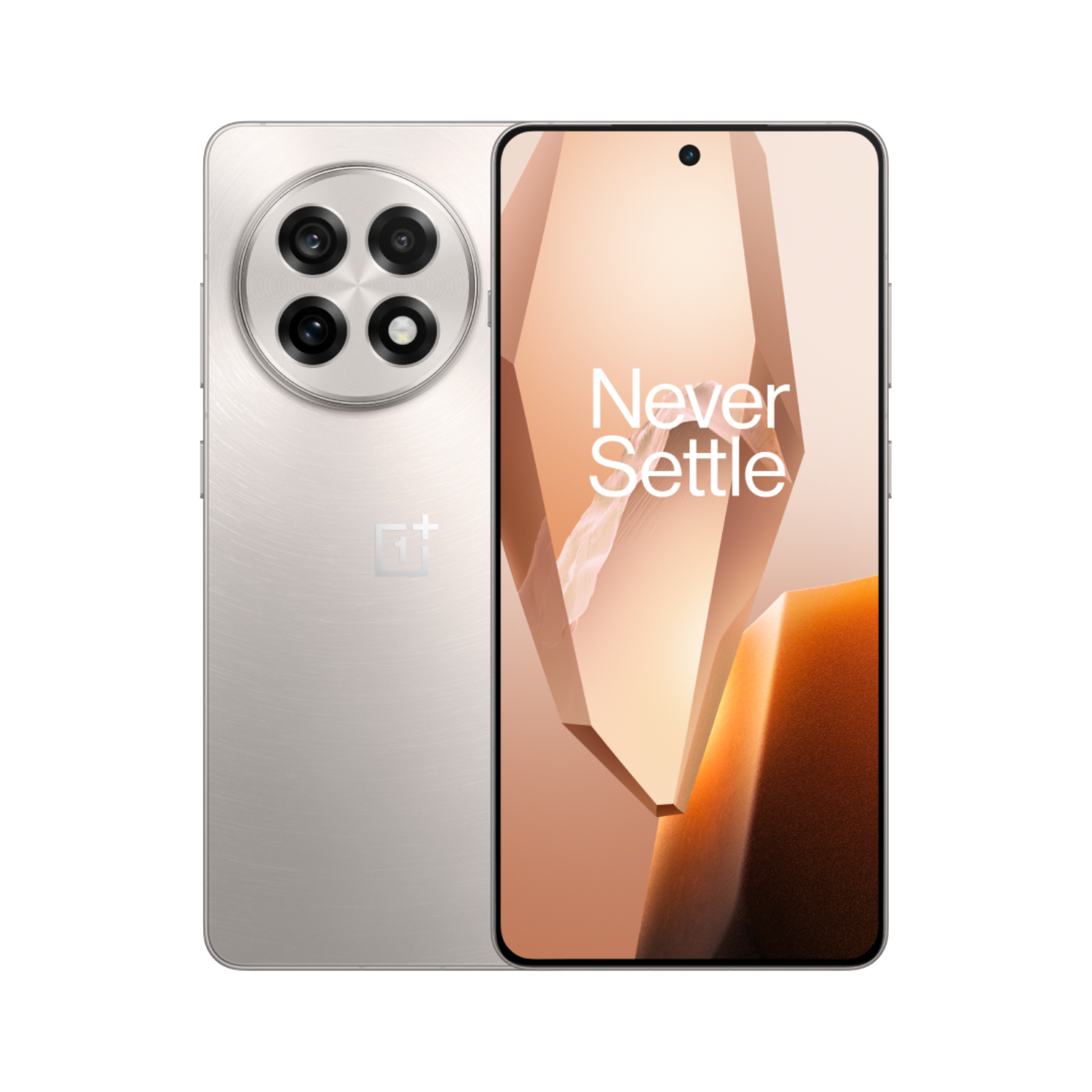





Leave a Comment
Your email address will not be published. Required fields are marked *